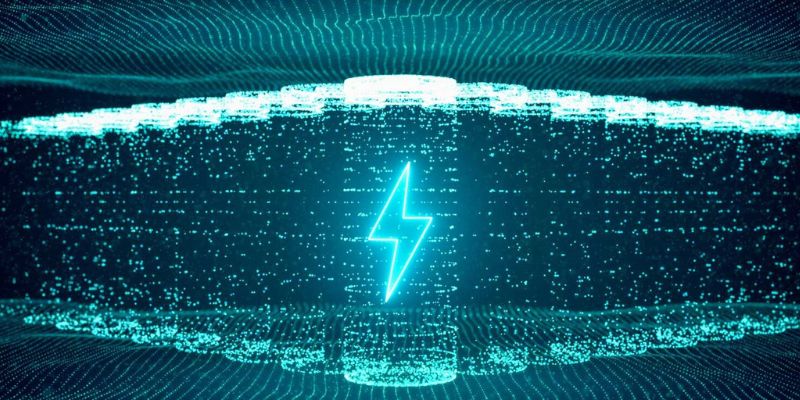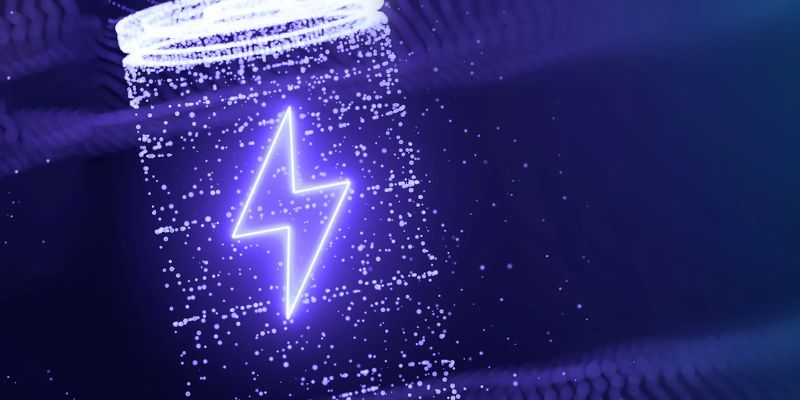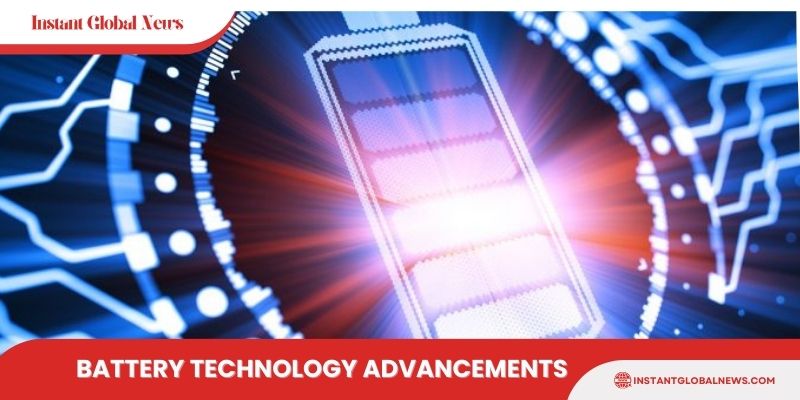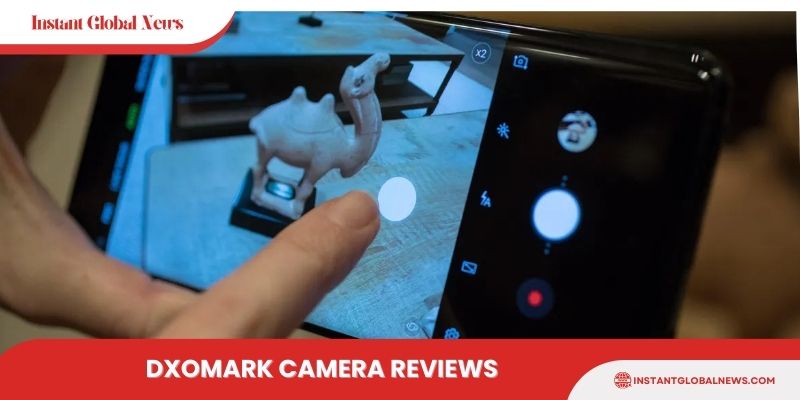Solid-state batteries and sodium-ion batteries are two exciting advancements in battery technology that we can expect to see more of in 2023. These new technologies have the potential to revolutionize the energy storage industry and accelerate the adoption of electric vehicles. Let’s take a closer look at what these advancements mean for the future of batteries.
Solid-State Batteries: Overcoming Challenges

Solid-state batteries, which use a solid electrolyte instead of a liquid one, offer several advantages over traditional lithium-ion batteries. They have the potential to store more energy, charge faster, and improve safety. However, there are still challenges to overcome before they become commercially viable.
One of the leading candidates for solid-state batteries is lithium-metal technology. Companies like Quantumscape and Solid Power are working tirelessly to develop and test their batteries. Quantumscape, in particular, has secured significant funding and has a partnership with Volkswagen. Their goal is to put solid-state batteries in cars by 2025.
However, there have been concerns about the degradation and manufacturing challenges associated with lithium-metal batteries. While progress is being made, it’s unlikely that these batteries will be on the road in vehicles in 2023. Nonetheless, these advancements are an important step towards the future of battery technology.
Sodium-Ion Batteries: A Cheaper Alternative

Sodium-ion batteries are another technology to keep an eye on in 2023. Unlike lithium-ion batteries, which rely on lithium as the main chemical ingredient, sodium-ion batteries use sodium. This difference makes sodium-ion batteries potentially more cost-effective, as sodium is cheaper and more widely available.
Chinese battery giant CATL plans to begin mass-producing sodium-ion batteries in 2023. While sodium-ion batteries may not necessarily improve performance, they could significantly reduce costs. However, it’s important to note that there are still uncertainties surrounding their ability to meet the requirements for electric vehicle range and charging time.
Companies like Natron in the US are targeting less demanding applications for sodium-ion batteries, such as stationary storage or micromobility devices like e-bikes and scooters. This approach allows for a gradual introduction of the technology while addressing specific needs.
The Growing Market for Stationary Storage

As the demand for renewable energy grows, the market for batteries aimed at stationary grid storage is also expanding. Lithium-ion batteries, which are commonly used for electric vehicles, may not be the ideal choice for stationary storage due to different priorities.
One promising contender for stationary storage is iron. Form Energy and ESS are two companies making significant progress in this area. Form Energy is developing an iron-air battery that utilizes a water-based electrolyte and stores energy through reversible rusting. They recently announced a $760 million manufacturing facility in West Virginia, set to begin construction in 2023. ESS, on the other hand, is building a different type of iron battery with similar chemistry and has started manufacturing at its headquarters in Oregon.
These advancements in stationary storage batteries using iron could provide cost-effective and efficient solutions for grid storage, where size and weight are not primary concerns.
FAQs

Q: Will solid-state batteries be available in cars by 2023?
A: It is unlikely that solid-state batteries will be on the road in vehicles by 2023. While progress is being made, there are still challenges to overcome before they become commercially viable.
Q: What are the advantages of sodium-ion batteries?
A: Sodium-ion batteries offer a potentially cheaper alternative to lithium-ion batteries. They rely on sodium, which is cheaper and more widely available. However, there are uncertainties about their ability to meet the range and charging time requirements for electric vehicles.
Q: Why are iron batteries gaining traction in stationary storage?
A: Iron-based batteries, such as the ones being developed by Form Energy and ESS, offer cost-effective solutions for stationary grid storage. Unlike lithium-ion batteries, iron batteries prioritize cost reduction over size and weight.
Conclusion
The year 2023 holds exciting prospects for battery technology advancements. While solid-state batteries and sodium-ion batteries still face challenges, they offer the potential for significant improvements in energy storage and electric vehicle technology. Additionally, iron-based batteries are emerging as viable solutions for stationary storage, offering cost-effective alternatives. As the demand for renewable energy continues to rise, these advancements will play a crucial role in shaping the future of battery technology.


